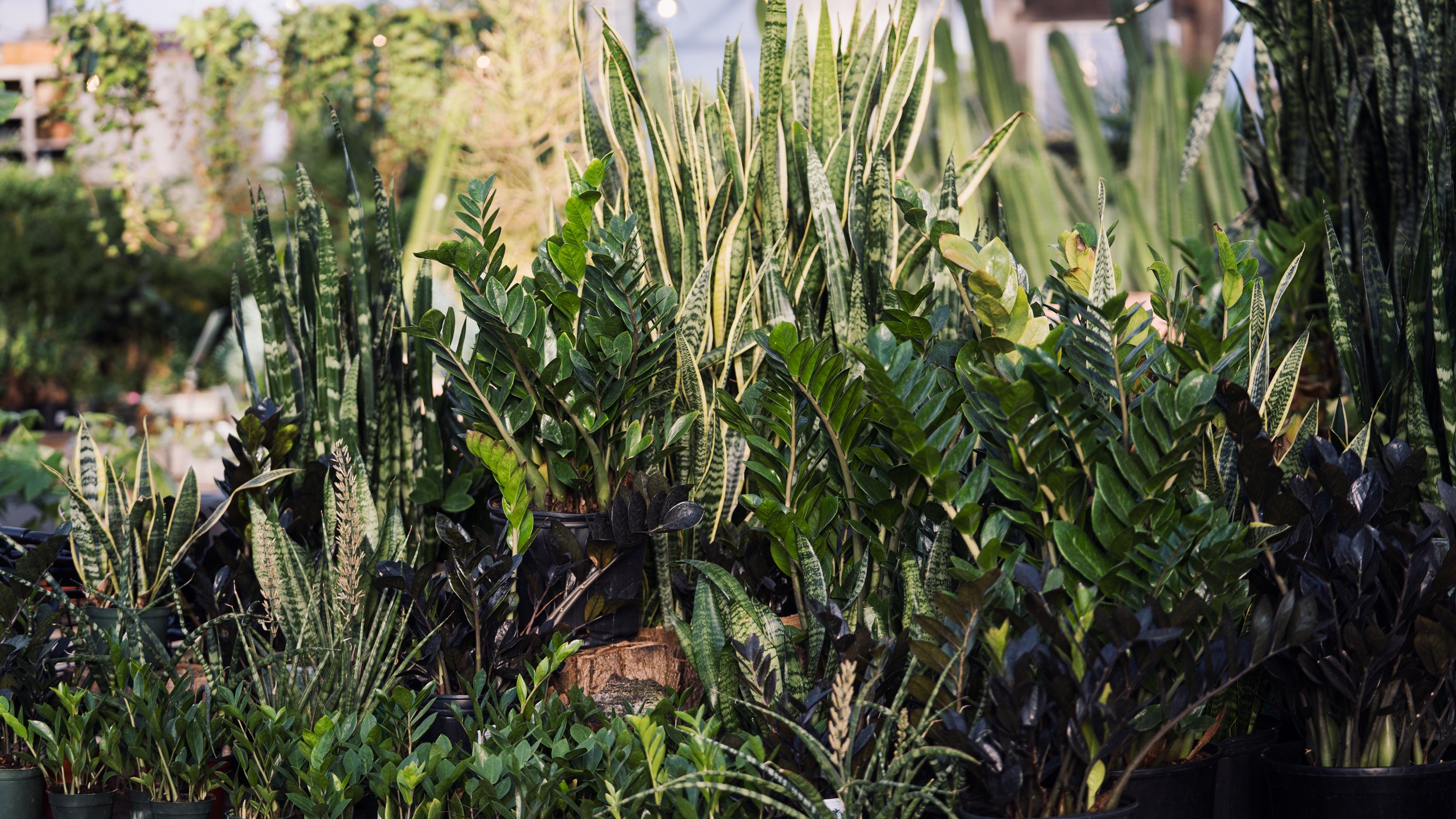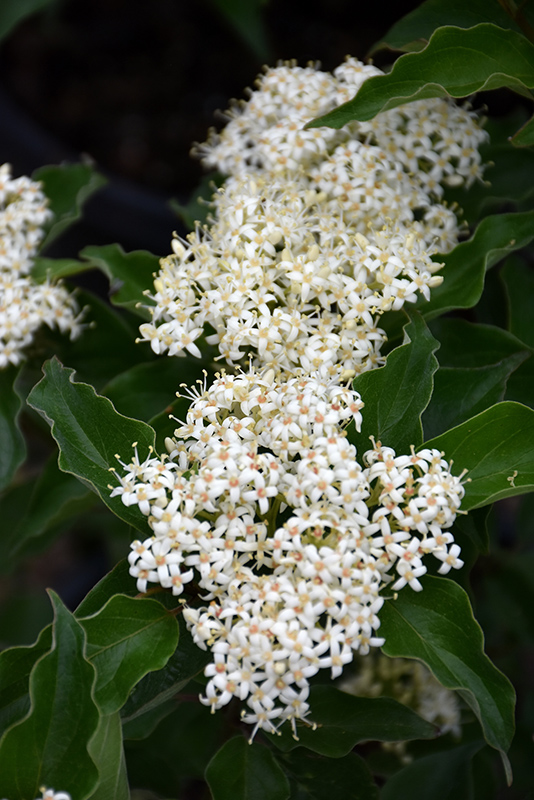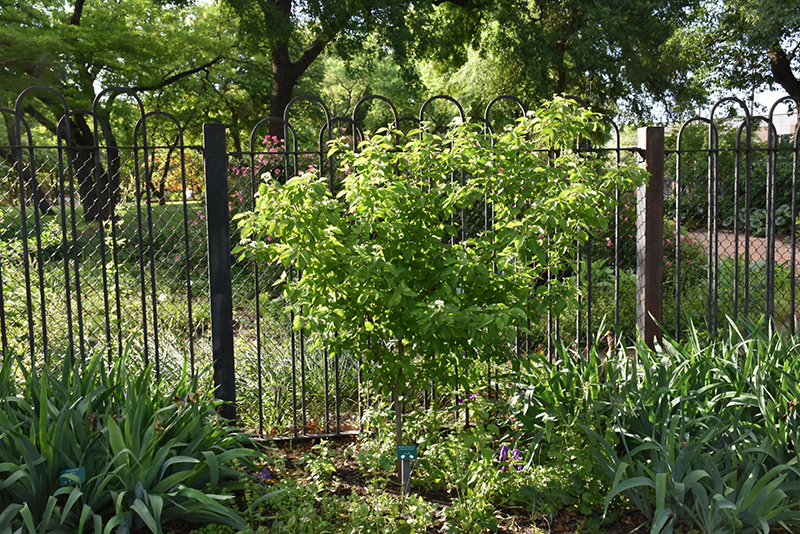
use our plant finder to help choose the perfect tree, shrub, perennial, annual, or houseplant to match your unique needs & style.
all the plants we love
Height: 15 feet
Spread: 15 feet
Sunlight:
![]()
![]()
![]()
Hardiness Zone: 5a
Other Names: Roughleaf Dogwood
Description:
A common, thicket forming, native dogwood variety that is good for general landscape use; leaves are rough above, and downy below; yellowish-white flowers in spring, followed by equally showy white berries in late summer; good fall color; very adaptable
Ornamental Features
Rough-leaved Dogwood is primarily grown for its highly ornamental fruit. The fruits are showy white drupes carried in abundance in late summer. It features showy cymes of white flowers with buttery yellow overtones at the ends of the branches in late spring. It has dark green foliage with grayish green undersides. The fuzzy pointy leaves turn outstanding shades of deep purple and red in the fall.
Landscape Attributes
Rough-leaved Dogwood is a multi-stemmed deciduous shrub with an upright spreading habit of growth. Its relatively fine texture sets it apart from other landscape plants with less refined foliage.
This is a high maintenance shrub that will require regular care and upkeep, and can be pruned at anytime. It is a good choice for attracting birds to your yard. Gardeners should be aware of the following characteristic(s) that may warrant special consideration;
- Suckering
Rough-leaved Dogwood is recommended for the following landscape applications;
- Mass Planting
- Hedges/Screening
- General Garden Use
- Naturalizing And Woodland Gardens
Planting & Growing
Rough-leaved Dogwood will grow to be about 15 feet tall at maturity, with a spread of 15 feet. It has a low canopy with a typical clearance of 1 foot from the ground, and is suitable for planting under power lines. It grows at a slow rate, and under ideal conditions can be expected to live for 40 years or more.
This shrub performs well in both full sun and full shade. It is quite adaptable, prefering to grow in average to wet conditions, and will even tolerate some standing water. It is not particular as to soil type or pH. It is highly tolerant of urban pollution and will even thrive in inner city environments. Consider applying a thick mulch around the root zone in winter to protect it in exposed locations or colder microclimates. This species is native to parts of North America.
can’t find what you’re looking for? let us know
info@wilsonnurseriesky.com
frankfort: 502.223.1488
lexington: 859.269.5795


